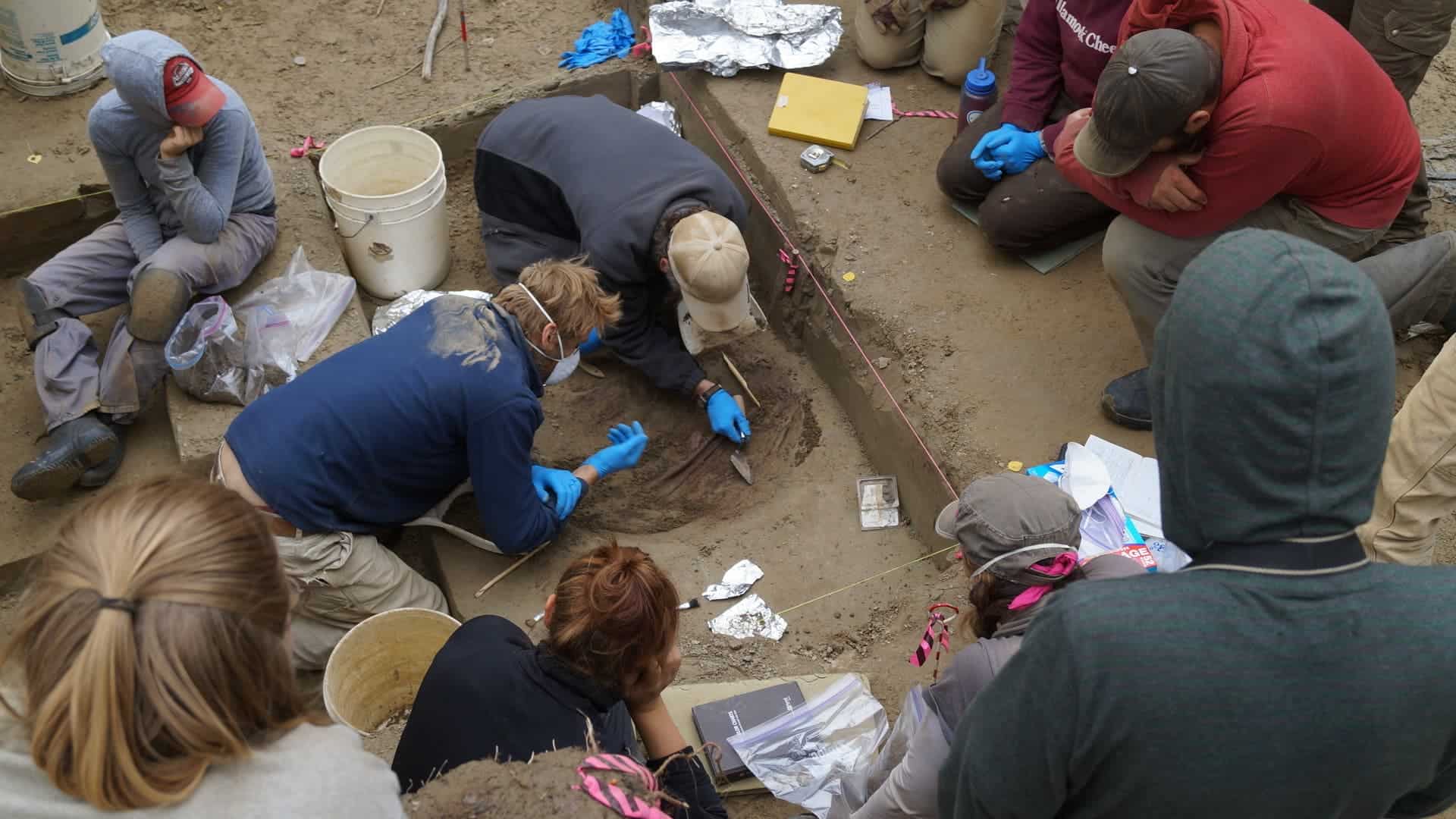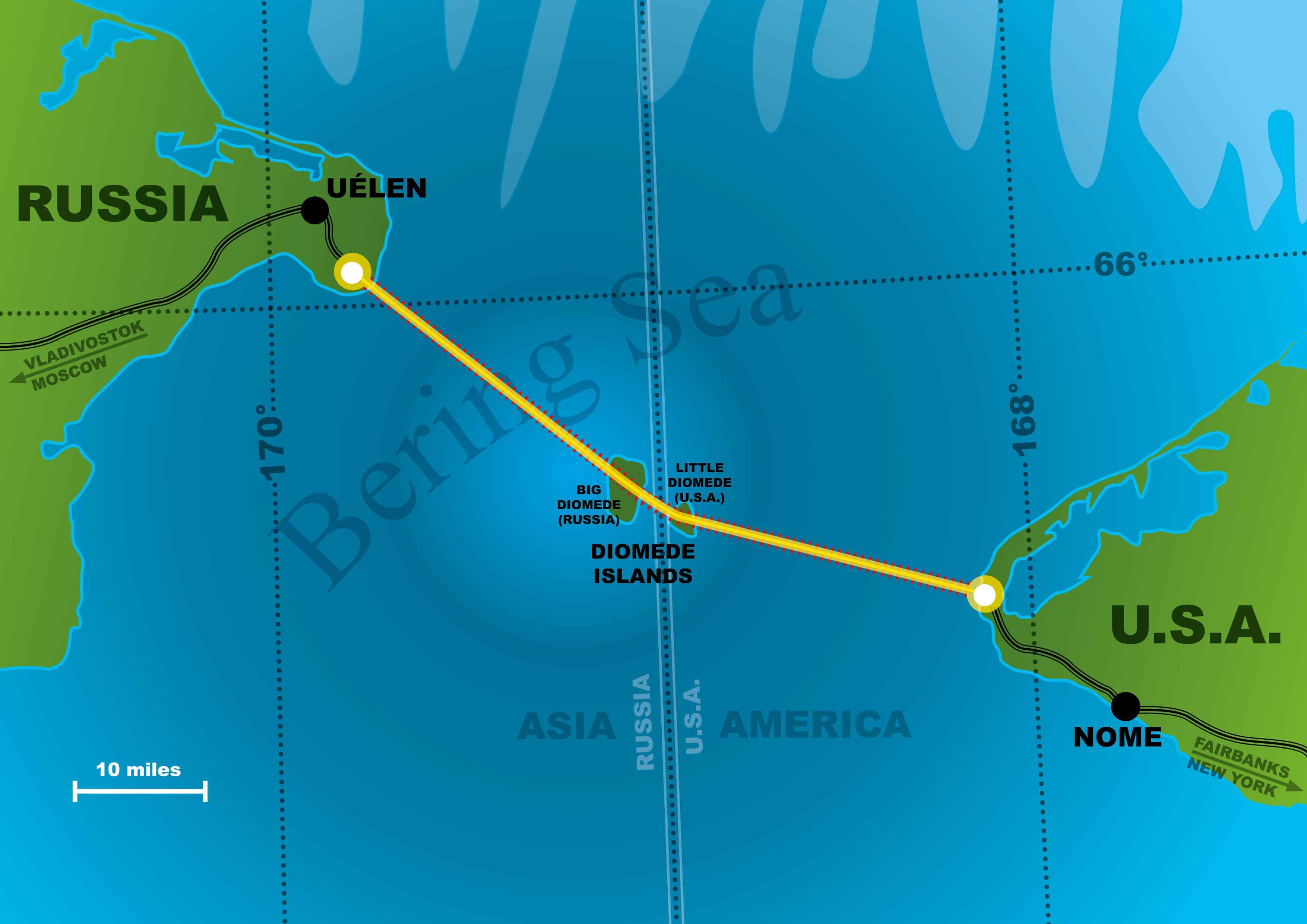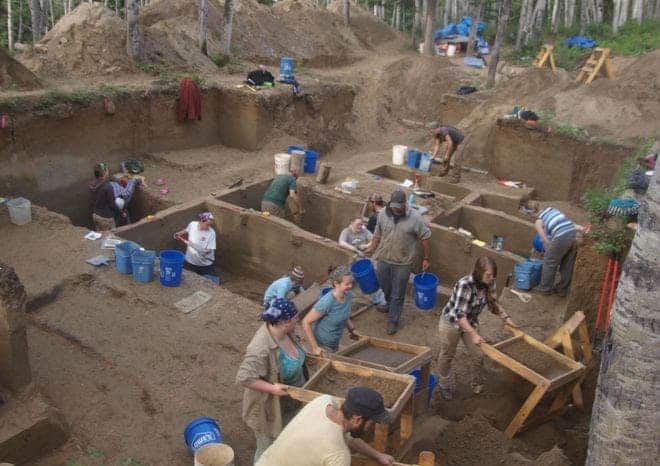The remains of a six-week-old infant cast new light upon the Native American founding population.
Scientists divided the ancient American populations into two categories: the Southern and the Northern Native Americans. The two groups are related, but a link between them and an ancient Siberian population was missing, until now.

“It’s the first time that we have had direct genomic evidence that all Native Americans can be traced back to one source population, via a single, founding migration event.” said evolutionary geneticist Eske Willerslev from the University of Cambridge in the UK, the research team leader, in a press release.
Researchers named this population “Ancient Beringians” after Beringia, the land bridge that connected northeast Asia with northwestern North America, during the Pleistocene epoch — sometimes called the Ice Age.

The girl was named Xach’itee’aanenh t’eede gaay, or Sunrise Child-girl, by the local Native community. Her skeleton was discovered at the Upward Sun River archaeological site in Alaska in 2013. Scientists say the child lived 11,500 years ago, long after the first wave of migration occurred, but her genome was consistently different from the two types of ancient Native Americans.
“The Ancient Beringians diversified from other Native Americans before any ancient or living Native American population sequenced to date. It’s basically a relict population of an ancestral group which was common to all Native Americans, so the sequenced genetic data gave us enormous potential in terms of answering questions relating to the early peopling of the Americas,” Eske Willerslev said.

This is the first ancient skeleton ever discovered in Alaska — acidic soils make bone tissue and DNA preservation very difficult.
“We were able to show that people probably entered Alaska before 20,000 years ago. It’s the first time that we have had direct genomic evidence that all Native Americans can be traced back to one source population, via a single, founding migration event.” said Professor Willerslev.
The Northern and the Southern branches are thought to have separated somewhere between 17,000-14,000 years ago. The two groups probably went separate ways as they passed through or around the Cordilleran and Laurentide ice sheets that covered present-day Canada and a part of northern United States.
Scientists believe that the Ancient Beringians were left behind the ice sheets and remained in Alaska. Next, the population was absorbed by other Native groups derived from the Northern branch, that migrated back after the ice had melted away.
“One significant aspect of this research is that some people have claimed the presence of humans in the Americas dates back earlier – to 30,000 years, 40,000 years, or even more. We cannot prove that those claims are not true, but what we are saying, is that if they are correct, they could not possibly have been the direct ancestors to contemporary Native Americans”, added Willerslev.
The paper was published in the Nature journal on the 3rd of January 2018.






